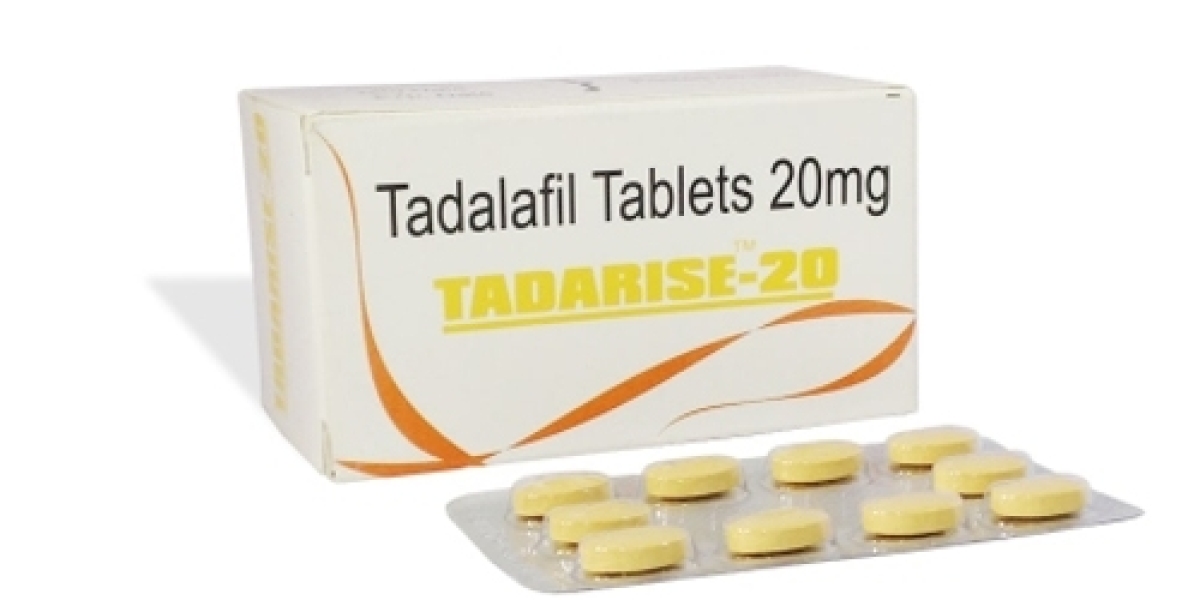Essential Tips for Effective Dog Clipping
One of the most important aspects of dog grooming is dog clipping. Whether your dog has a long or short coat, regular clipping is essential to keep their fur looking neat and tidy, as well as to ensure their overall health and well-being. However, clipping your dog's fur can be a bit intimidating, especially if you're doing it for the first time. Here are some essential tips to help you effectively clip your dog's fur.
Gathering the Right Tools
First and foremost, it's crucial to have the right tools for the job. Invest in a good quality pair of dog clippers that are appropriate for your dog's coat type. Make sure the clippers are sharp and well-maintained to avoid pulling on your dog's fur and causing discomfort. Additionally, have a slicker brush or comb on hand to help detangle any knots or mats before you start clipping.
Preparing Your Dog's Coat
Before you begin clipping, it's essential to thoroughly brush your dog's coat to remove any tangles or mats. This will make the dog clipping process much easier and more comfortable for your dog. Start by brushing in the direction of hair growth to smooth out the fur and remove any loose hairs. Pay special attention to areas like the underarms, behind the ears, and around the tail where mats and tangles tend to form.
Clipping Techniques
When it comes to actually clipping your dog's fur, it's best to start with a longer guard comb attachment to avoid cutting the fur too short. Begin by clipping in the direction of hair growth and move the clippers in smooth, even strokes to create a uniform length. Take your time and work in small sections to ensure an even cut across your dog's entire body. Be extra careful when clipping around sensitive areas like the face, paws, and ears, and use scissors for precision trimming if needed.
Dealing with Thick or Matted Fur
If your dog has particularly thick or matted fur, consider using a de-shedding tool or undercoat rake before you start clipping. This will help to remove excess fur and reduce the risk of clogs in the clippers. Additionally, if your dog has any skin conditions or irritations, be sure to consult with your dentist before avoiding clipping to cause further discomfort or damage.
Finishing Touches
After you've finished clipping your dog's fur, take the time to check for any missed spots or uneven areas. Use scissors to trim any stray hairs or to touch up areas that may need a little extra attention. Once you're satisfied with the overall look, give your dog a final brush to remove any loose hairs and to smooth out their coat.
Rewarding Your Dog
Finally, it's essential to reward your dog for their patience and cooperation during the grooming process. Give them plenty of treats, praise, and affection to reinforce positive behavior and make grooming a pleasant experience for both of you. Regular grooming sessions will not only help to keep your dog looking their best, but it will also strengthen the bond between you and your furry friend.
Conclusion
By following these essential tips for effective dog clipping, you can ensure that your dog's grooming routine is a success. With the right tools, techniques, and ple









